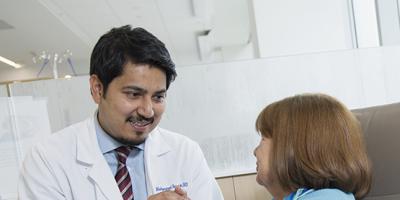Care that evolves: Youngster with leukemia graduates to monthly checkups
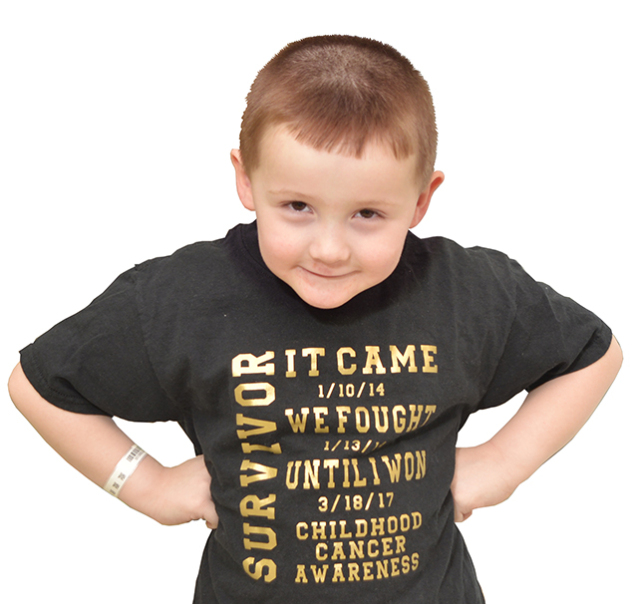
Greyson Trottier proudly wears his cancer survivor's T-shirt. (PHOTOS BY WILLIAM MUELLER)
During the entire time from when their toddler was diagnosed with acute lymphoblastic leukemia, to his stay at the Upstate Golisano Children‘s Hospital, and through his nine months of chemotherapy, Christina and Thomas Trottier never used the word “cancer.”
So three years later, their son surprised his parents when he greeted a new baby sitter. “I had cancer,” Greyson Trottier announced.
“He understands way more than he lets on,” says his mother, Christina Trottier of Watertown.
Greyson, now 5, was diagnosed in January 2014, when he was 21 months old.
He had fallen at day care, leaving a bruise on his head. In examining him that afternoon, Greyson‘s pediatrician noticed additional bruises on his legs. Blood test results came back about 5:30 p.m. Suddenly the Trottiers were scrambling to find people to watch Greyson‘s twin, Jameson and older brother McKennon. Four hours later, Christina and Tom Trottier checked Greyson into the children‘s hospital in Syracuse.
“The doctor who checked us in kept saying he didn‘t look like a cancer kid. He was going like the Energizer bunny,” Christina Trottier recalls. “He didn‘t have a lack of appetite, or coughing or fevers. He didn‘t have any of the symptoms.”
But the next day, a bone marrow biopsy confirmed the blood test results. Greyson was hospitalized for a week, receiving the first of his chemotherapy treatments.
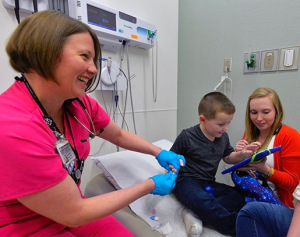
At a checkup session in May, nurse Yvonne Dolce pricks Greyson's fingers to get a blood sample while he is absorbed in an electronic game, thanks to child life specialist Sarah Buck, right.
Trottier calls her a saint. “She is a constant calm in the storm. We would be lost without her.”
Greyson completed chemotherapy in March. A few months later, he finished pre-kindergarten. The specter of cancer remains. Anytime he gets a bruise, his mother freaks out. These months after cancer treatment are nerve-wracking for the family.
Greyson sees Dolce and Andrea Dvorak, MD, every month for a checkup. “They love him,” Trottier says, “and he loves them.”
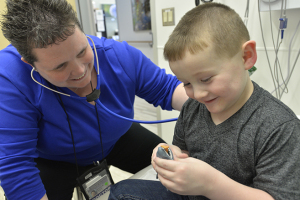
At the same checkup session, pediatric oncologist Andrea Dvorak, MD, checks Greyson's heart rate and lung function.
Acute lymphoblastic leukemia (also known as ALL or acute lymphocytic leukemia) is a type of cancer in which the bone marrow makes too many immature lymphocytes, a type of white blood cell.
-- Signs of ALL include fever and bruising.
-- Tests that examine the blood and bone marrow are used to diagnose ALL.
-- Red blood cells, white blood cells and platelets may be affected.
-- ALL typically gets worse quickly if it is not treated.
-- Treatment options and prognosis depend on several factors, including age at diagnosis.
Source: National Cancer Institute
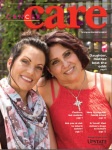 This article appears in the summer 2017 issue of Cancer Care magazine.
This article appears in the summer 2017 issue of Cancer Care magazine.
